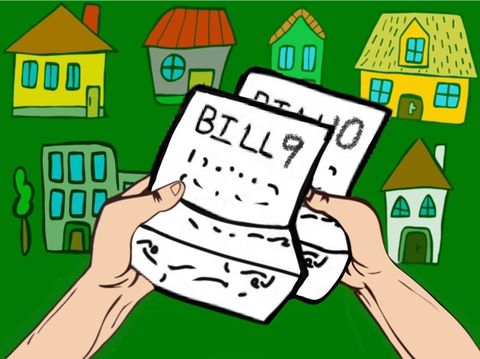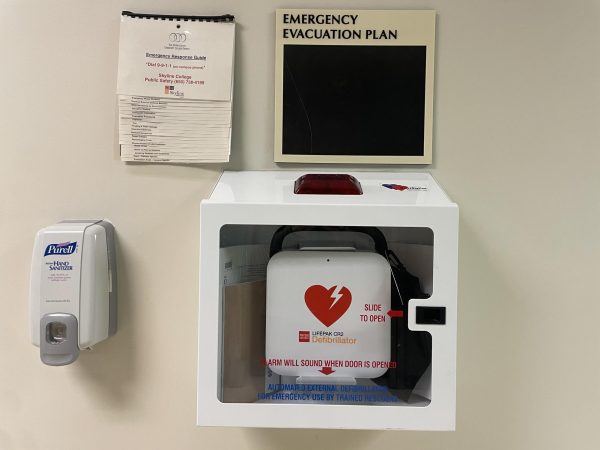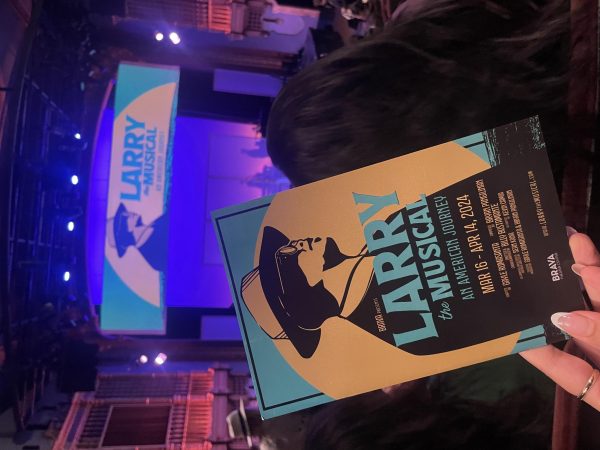California’s new housing bills are a positive step in confronting the housing crisis
The new changes look to free up affordable housing in suburban communities

Skyline has recently seen a new neighborhood development right in front of the campus, which is majority single family housing.
In his first order of business after the recall election, Governor Newsom approved senate bills 9 and 10 as a means to combat California’s housing crisis.
SB 9 looks to eliminate single-family housing zones, by allowing for multifamily housing in single-family residential zones. SB 10 would loosen the rules on zoning and housing developments, by allowing housing developments to skip some of the reviewing processes.
Multifamily housing is good for California as it helps subdue the housing crisis and will lead to improvements to both cities and suburbs.
The housing crisis in the Bay Area has been caused by the high cost of housing, limited housing construction and a new generation of hopeful homeowners. Here in the Peninsula, the majority of our residential zoning is single-family while the nearby cities.
Skyline has recently seen a new neighborhood development right in front of the campus, which is majority single-family housing. The neighborhood will incorporate multifamily housing in partnership with Skyline College as they’ll join in on the SMCCCD District’s Employee Housing Program when the two three-story apartments complex are completed.
For the last few decades, we’ve seen historic neighborhoods change to accommodate their potential buyers as a means to bring in younger and richer residents. Long-standing residents of those neighborhoods are subsequently being priced out of their homes.
The reason why single-family homes are so present in California can be boiled down to a mix of segregating people of color and to bringing in more attractive buyers who are willing to spend way over the asking price for houses.
With multifamily housing entering new neighborhoods, the towns would look to make it more attractive to everyone with improvements to their public transportation. SB 10 enacts a ruling of “A transit-rich area” and “High-quality bus corridor” within the areas they plan for housing development.
With more apartment complexes and duplexes being built, the local and state governments could subsidize additional housing for low-income and senior residents. Mixed- income housing could also be implemented to allow wealthier buyers to live where they want while allowing lower-income families the opportunity to live there as well.
Many of our towns have abandoned buildings, empty lots and dying shopping centers taking up entire blocks for years. With SB 10 these areas present the perfect places for new housing and could be done quickly by skipping through the years of paperwork.
Multifamily housing is beneficial to the community as suburbs tend to have better schooling compared to cities. Schooling that wouldn’t be accessible to most people that aren’t able to afford homes in these neighborhoods.
One of the biggest benefits of allowing multifamily housing in these areas where they were once banned would be the undoing of the gentrification of inner cities. This could lead to neighborhoods changed by gentrification to return to their former historic roots.
Over the last few decades California has been seriously affected by the housing crisis, but SB 9 and 10 are a major step in the right direction towards easily available affordable housing.












